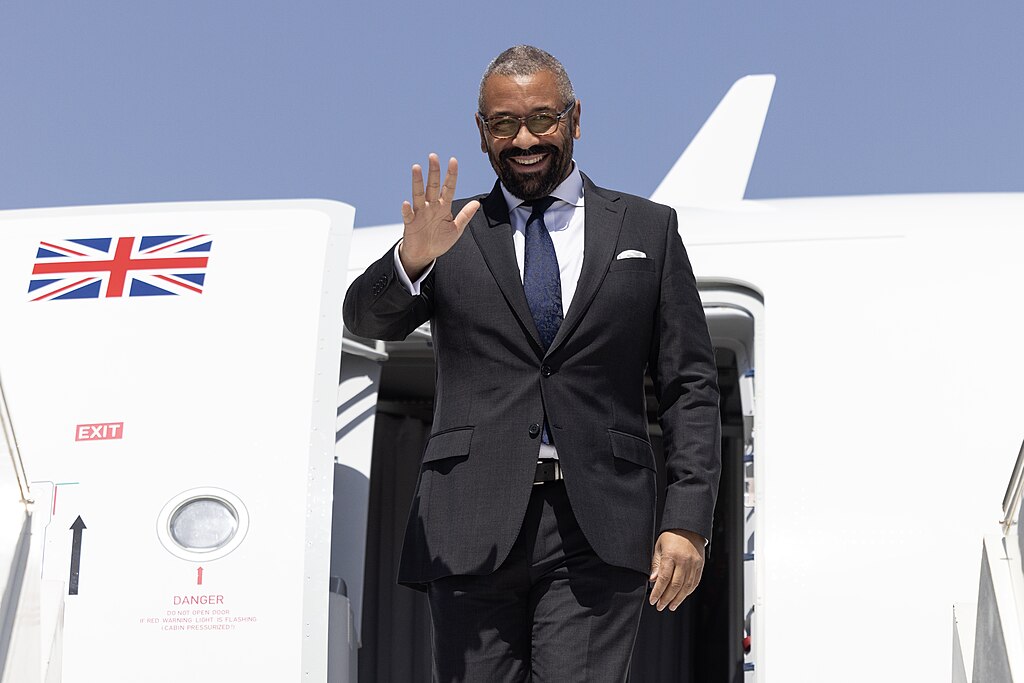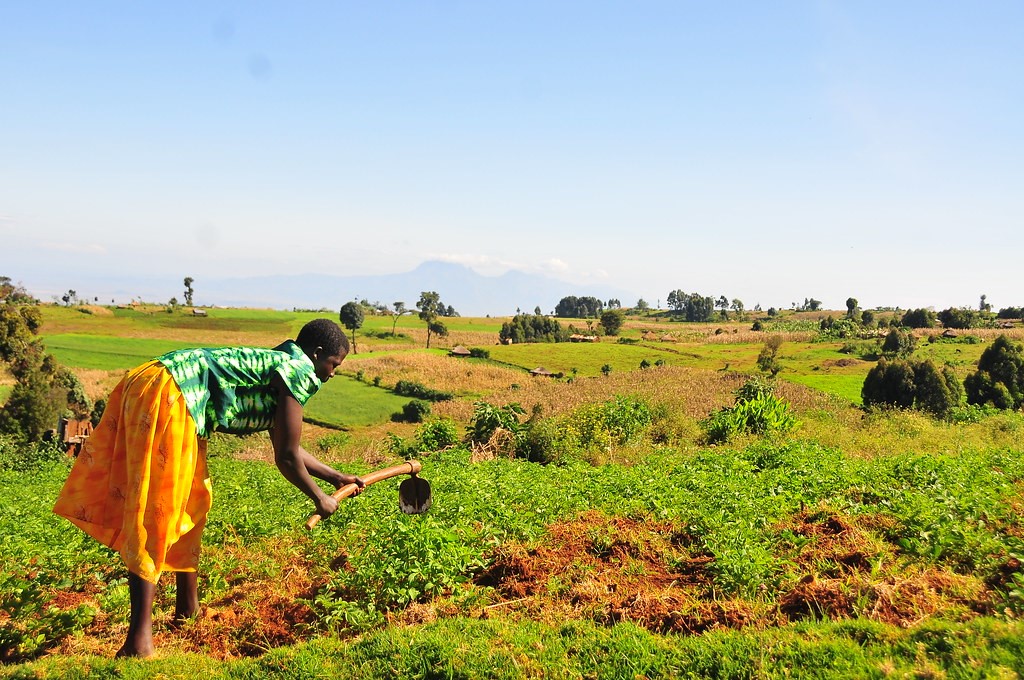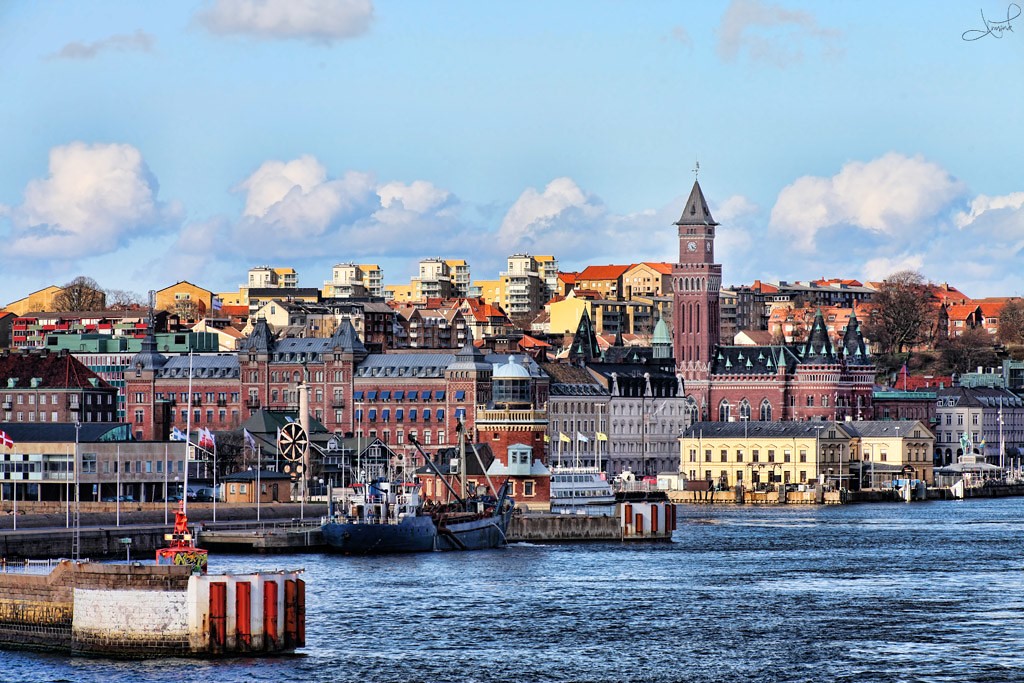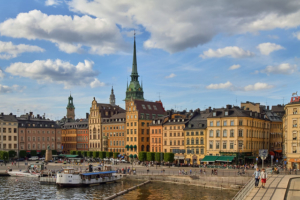
At the latest meeting of the United Nations General Assembly, the U.K. Foreign Secretary announced a partnership with Canada’s International Development Research Centre (IDRC), to launch a programme called ‘AI for Development’. The goal of the program is to build local skills in AI, initially in Africa, to help combat the causes and symptoms of poverty. The program will launch around the U.K.-hosted AI Safety Summit in November.
A Credible Record
The IDRC has already enjoyed significant success in using AI for Development in Africa. In 2020, it launched the Artificial Intelligence for Development in Africa (AI4D Africa) program in partnership with Sweden’s government agency for development cooperation (Sida). This four-year, $20 million CAD partnership has dedicated itself to a future where Africans across all regions create and use AI to lead healthier and happier lives. The program promotes excellence in applied research and using AI technologies to solve development challenges and improve the livelihoods of those living in poverty. It invests in Africa’s existing science and policy communities to enable them to maximize their research and development opportunities in the AI field. Its track record in this area makes it an excellent partner for the U.K. government’s new project.
It has already run six calls for funding and invested in several organizations, including the African Centre for Technology Studies, Research ICT Africa and Strathmore University.
One of the main challenges that those below the global poverty line face is poor access to health care. For example, in the Democratic Republic of Congo (DRC), annual out-of-pocket health care expenditure is only $15.
To respond to this challenge, the IDRC launched ‘Artificial Intelligence for Global Health,’ an $15.5 million CAD investment to strengthen health care systems in the Global South. National health care systems in the Global South can work with Artificial Intelligence to identify threats and formulate effective responses, allowing them to use the limited resources they have more efficiently.
Meeting Africa’s Needs
As the initial target of the project, Africa is an area where people will feel the benefits of this technology the most. Currently, its 33 million smallholder farms contribute up to 70% of the continent’s food supply. These farms are severely exposed to droughts and shortages. Experiences in Ghana by the nonprofit AGRI-WEB have shown that AI can model these fluctuations, allowing farmers to plan their seasons more effectively. This can reduce shortfalls in both farmers’ incomes and food for local populations, lifting both groups out of poverty.
Lack of education in Africa is another cause of poverty, which artificial intelligence might be able to help. Currently, there are still countries in sub-Saharan Africa with literacy rates below 50% among their youth population. AI can help to change that. It can help translate educational programs into local languages, removing a key barrier in education. In Tanzania, ed-tech startup Mtabe is using AI to analyze students’ learning styles and progress, to generate personalized learning content that is tailored to each student’s individual needs.
Looking Ahead
The U.K.’s Foreign Secretary, James Cleverly, hopes to build on achievements of this kind with this new program. While AI is currently enjoying significant growth in high-income countries, Cleverly wants the project to ensure that “the fulfillment of (AI’s) enormous potential is shared globally.” That will start by bringing cutting-edge technologies to the regions of the world where they will have the biggest impact on the lives of people living in poverty.
– Jack Arrowsmith
Photo: Wikipedia Commons
 Sweden, one of the Nordic countries known for its economic stability, high education rates and social mobility, has also been serving as a prime example of humanitarian-focused foreign policy. The Scandinavian nation has not participated in a single war since 1814 and is currently running one of the world’s most revolutionary foreign policies. Sweden’s feminist foreign policy is the first of its kind, with aims to promote gender equality worldwide and put women at the forefront of humanitarian efforts.
Sweden, one of the Nordic countries known for its economic stability, high education rates and social mobility, has also been serving as a prime example of humanitarian-focused foreign policy. The Scandinavian nation has not participated in a single war since 1814 and is currently running one of the world’s most revolutionary foreign policies. Sweden’s feminist foreign policy is the first of its kind, with aims to promote gender equality worldwide and put women at the forefront of humanitarian efforts. On September 22, 2020, Peter Eriksson, Sweden’s Minister for International Development Cooperation, took to Twitter to announce that Sweden will continue to commit
On September 22, 2020, Peter Eriksson, Sweden’s Minister for International Development Cooperation, took to Twitter to announce that Sweden will continue to commit  In 2019, the
In 2019, the 


